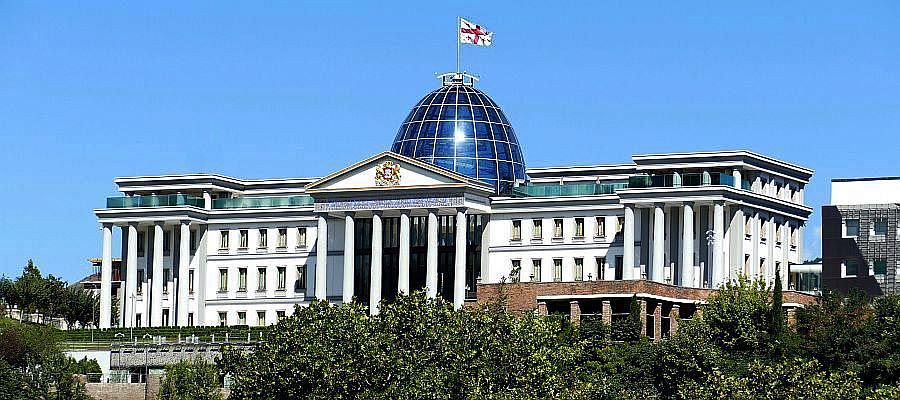According to the Russian national oil pipeline operator Transneft, the quality of Russia's key Urals crude exports towards Europe will continue to fall next year as more of the country's low-sulfur oil flows are diverted eastward to China, Platts reported on November 21, 2017.
Predicting a 2% rise in crude exports by Russian companies next year, Transneft said the sulfur content in its westbound export flows will reach «a critical level» this year, as the company has no further technological tools to improve the quality of crude flows headed west towards mostly European customers.
«Due to a [planned] rise in low-sulfur crude supplies to China, there will be no more low-sulfur volumes available for improving crude quality via other directions,» said Transneft's vice-president Sergey Andronov.
The increase in sulfur levels in Urals as Russia exports more premium crude through outlets in the far east of the country has long been predicted, and may support prices for rival crude grades such as neighboring Kazakhstan's high-value CPC crude.
The latter is exported through the Russian port of Novorossiisk via the CPC pipeline, which, unusually, is not owned by Transneft, but by an international consortium.
The rise of alternative crudes around the eastern Mediterranean, including CPC, Azeri and Kurdish crudes, has already depressed demand for Urals in recent years, pushing it to further flung destinations.
At the request of the energy ministry, Transneft maintains the quality of crude delivered to domestic refineries stable, at around 1.63% sulfur since 2014, Andronov said.
Increasing sulfur content poses a high risk to domestic refining because Russian refineries are only equipped to process crude with less than 1.8% sulfur.
As a result, the sulfur content in export flows rose to 1.61% from 1.51% over the same period, he said.
As a solution to the problem, Transneft has offered to direct high-sulfur crude into a separate export flow to Ust-Luga, but the energy ministry is reluctant to approve this plan.
Sulfur content in ESPO blend remains at around 0.5%.
Looking ahead, Transneft said it expects crude exports by Russian companies to grow by around 1.8% year on year in 2018 to 242.4 million mt, or around 4.87 million b/d, according to preliminary shipping requests by domestic oil producers.
Andronov said Transneft expects deliveries in the western directions to reduce as around 10-12 million mt of crude will be redirected towards eastern markets in 2018.
«We think that westbound exports most likely reduce at the Primorsk and Ust-Luga ports [on the Baltic Sea], as crude supplies via the Druzhba pipeline are carried out mainly via long-term contracts,» he said, speaking at a company event.
To read the news in Russian.







